Snowmageddon 2017 has caused me to shift a lot of my plans so I can cover the content I need to. Due to this, one of my Science 10 blocks no longer has time for the class I had prepared on study strategies and self-regulation skills. It was suggested that I do this anyways, so I can compare if students benefited more from the lecture style and the implementation into assignments compared to those who only had them implemented into assignments. Instead of lecturing the students on strategies and skills, I decided that a station based class would be better, allowing students to choose what they wanted to learn more about. This way, students are aware of their strengths and weaknesses, and can focus on improving rather than listening to things they may already know.
In the class, students were expected to go to three stations and hand in activities that they did at the end of class. Below is a summary of the stations that students could go to as well as a summary of the reflections students wrote about after the class.
Station 1: Time Management 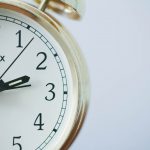
Students at this station would read materials about time management. There are three time managers that are suggested: term calendar, weekly schedule and daily schedule. For the term calendar, I provided students with a month calendar for them to fill in with important dates for our upcoming unit. I also included an example, which included other courses and important out of school activities. For the weekly schedule, I provided students with a week template for them to fill in with important information for the upcoming week. For the daily schedule, I provided an example of a daily schedule that they could do on their own. Additional time management tips were also provided, including prioritizing assignments, creating blocks of study time, and scheduling school and fun activities.
As an activity, students would have to make a week schedule for either the week we are in or the upcoming week. Students would hand in their schedule as proof of completing the station. They can use the template given, or create their own template. Examples of weekly schedules were given for students to choose a version they like best. Both examples combine weekly and daily schedules, to show how detailed a weekly schedule can be.
Station 2: Test Anxiety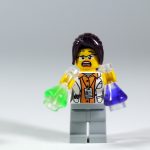
Students at this station would read about tips on how to minimize test anxiety. The tips focused on how to minimize stress and anxiety, rather than how to deal with the feeling of anxiety during a test. I chose these tips as it focused more on prevention. Tips included developing good study habits to be prepared, not cramming, and encouraging exercise, sleep and a healthy diet. The tips also focused on mindsets: keeping positive and control anxiety through focused breathing. I think the most important point was the last: asking for help.
As an activity, students have a worksheet called “Challenging Anxious Thoughts” in which students had to write down a scenario that caused them anxiety. They then had to reflect on three possible outcomes: the worst case, the best case, and the likely case. They then were faced with the question of “if the worst case scenario did happen, would it matter in 1 day? 1 week? 1 year?” This exercise was to help guide students through their anxious thoughts. Students would write about tests, but they could also write about any other source of anxiety.
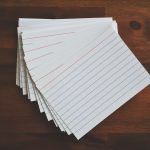 Station 3: Study Strategies – Flash Cards, Summary Notes, Elaboration
Station 3: Study Strategies – Flash Cards, Summary Notes, Elaboration
At this station, students will learn how to effectively implement flash cards, summary notes and elaboration into their study routines. Information on how to use each strategy effectively was given.
Flashcards should be used only for rote memorization of facts, definitions, dates, etc. Students should make flashcards so that there is no “front or back” and should be frequently shuffled so students memorize the information, not the order.
Summary notes should be written with a delay from reading a text, and should be written for an entire text, not sections. This helps students recall and retain the information better. For summaries after lessons, students can write them later that day, but not right after class.
Elaborations are the opposite of summary notes. Without help from notes or peers, students write down everything that they know about a topic or specific terminology. Once they cannot write down anything else, they consult their notes to see what they missed. This is a great method of seeing ones understanding and is useful throughout a unit and a good place to start when studying for a test.
An example of each was provided to students on topics that are not covered in the class. For an activity, students had to make an example of an elaboration and flashcard on the water cycle. Students first had to do the elaboration, then read a text to summary of the water cycle to write a good flashcard. Summary notes were not assigned as students should learn to do them after a delay, not right after a reading.
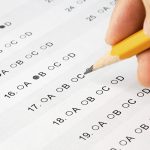
Station 4: Test Taking Tips – Short Answer, Multiple Choice
At this station, students read information on test taking. Two resources were tips on how to prepare and best answer short answer and multiple choice questions, while the third focused on general test taking tips. The readings had many commonalities about being prepared, reading directions carefully and looking for key words or details, and looking for clues in the one question or in other questions. Some key tips from the short answer preparation was focusing on topics and concepts, employing self-testing, highlighting key points of a question and budgeting time during a test. From the multiple choice tips: answer the question in your mind first, use the process of elimination, reading every answer option and pay attention for words such as “always” or “never.”
For an activity, students were asked to write three test taking goals that they have after reading the information. They goals were to be focused on improving their test taking skills or their preparation skills.
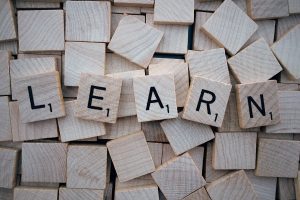 Station 5: Learning Style
Station 5: Learning Style
At this station, students took a brief quiz to determine their learning style (visual, audio or kinesthetic). After students determine their style, they were encouraged to read the handout on the style, and how they can use it to their advantage when learning in class and studying. Students were encouraged to read over all of the information as most people learn better when a combination of techniques is used. The purpose of this station was to help students become more self-aware of their strengths, and how they can focus on them to ensure success in their learning.
Summary of Student Activities:
The students took the activities really seriously. The station that students visited the most were learning styles and test taking strategies. From the learning style quiz, I have learned that the majority of students are visual learners. The most common goals from the test taking station were doing a memory dump, reading questions and instructions carefully, and employing self-testing. I was really glad that these were the most frequent. I will encourage students to use these strategies throughout the upcoming unit so that they can remember them.
From the study strategies station, I learned that students who completed an elaboration had a good understanding of the cell. This is good to hear as it is what we are starting out with first in the biology unit. It was a good way of access their prior knowledge before we dive into the unit. The test anxiety station also produced a lot of great information for me. I only quickly scanned the sheets, but I am now aware of students who struggle with more test anxiety and how I can help them.
The time management station did not work out as well as I had hoped, but I realize now that the activity was a lot longer than the other stations. Most students didn’t want to spend the time to write everything down, or they did not know the information. A lot of students also talked about how they use their phone to keep track of things, so they did not find the station as helpful. This was good to hear though, as it meant I know that many students try to have good time management skills, even if they feel that they struggle with it. From the planners I did see, many of my students are extremely involved in extra curricular activities and are very busy. I strongly encourage extra curricular activities so this then leads me to want to assign homework less and encourage students to spend their time reviewing.
Final thoughts:
When I told students about the activity, I wasn’t initially sure how to read their reactions. No one seemed outwardly excited about it; a consistent state of indifference seemed to spread throughout the class. This changed when the stations were set up – students started rushing around the room to get to the three most popular stations: test taking tips, study strategies, and learning styles. At least 10 students were at test taking tips right away reading the information. I realized that students then wanted to learn how to do better. Throughout the activity, students were more often than not on task.
As students began finishing, I would send them to a fourth station. The least popular were time management and coping with test anxiety, so I pointed students to those stations. This was because many students were taking a lot of time at only two stations and I didn’t want to interrupt their learning. As more students began to finish and become off task, I brought the activity to a close and told students that if they wanted more information I would have it available. To my surprise, a few students did come and ask for the materials later as they were so focused on only two sections, they didn’t make it further.
The best part of this activity was having such great conversations with students. As I walked around the room, I would talk to students about the station they were at, asking what they had learned and how it was different from their present study habits. Most students I talked to indicated they had a lot of trouble with time management, with respect to not feeling like they had enough time. Many students complained that they had homework, sports, school and work, and it was hard to balance everything. I also talked to students about their test anxiety and what I could do to help reduce it. A few students claimed that they don’t have anxiety prior to the test, but when they open the test, their brain shuts down and they can no longer focus on the materials. To help combat this, I could have students do some focused breathing before a test, or go over the test in detail with the whole class so that everyone is clear about the instructions.
I think that this activity worked out really well. I gathered that students believed that I cared about their well-being and success (which I do!) and it allowed them to be more open about any struggles that they may have. Students asked me questions about how they could control their anxieties of overthinking, public speaking, or writing test. Students asked me how they could study better, not harder. I am eager to see how the students employ these new techniques in the upcoming unit, and if they changed how they feel about science and studying science.
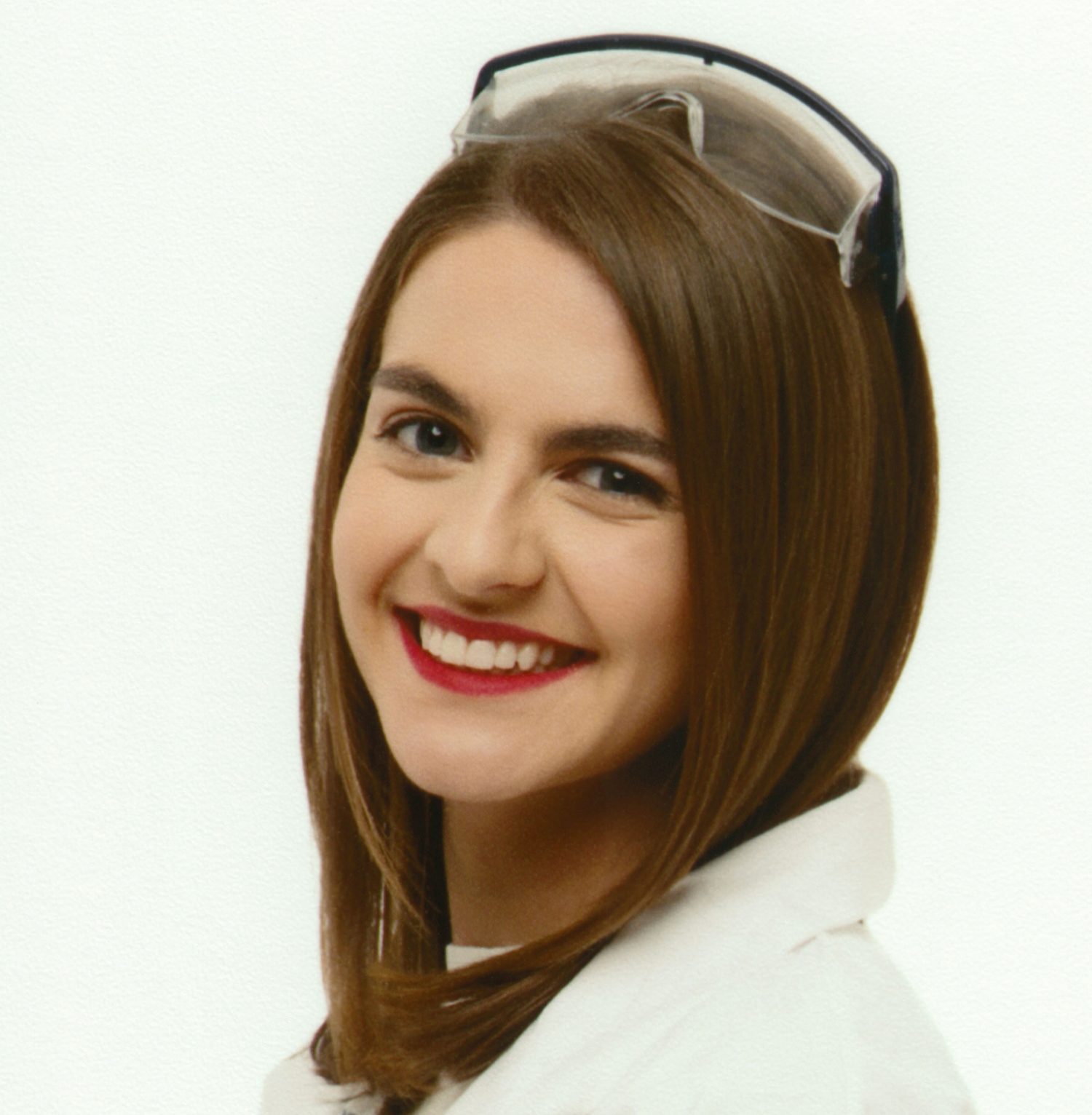
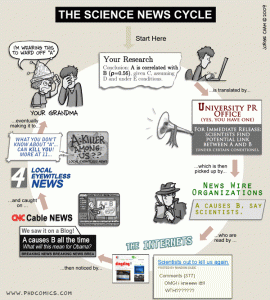
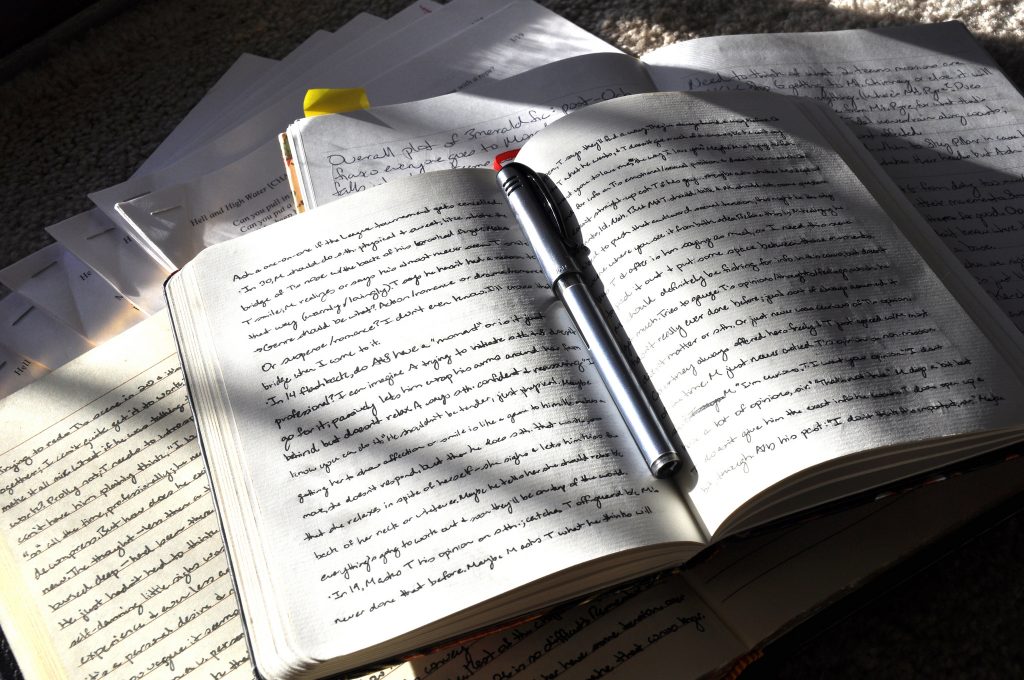


 Station 3: Study Strategies – Flash Cards, Summary Notes, Elaboration
Station 3: Study Strategies – Flash Cards, Summary Notes, Elaboration
